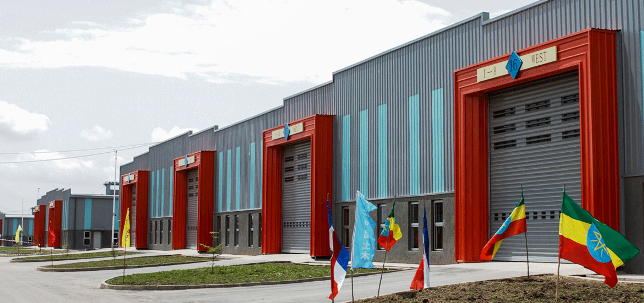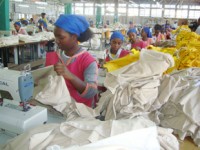The Next Shirt You Buy May Say ‘Made In Ethiopia.’ Here’s Why
By Nathan Siegel, NPR

“Made in China” may be leaving your wardrobe.
As labor costs in the “world’s factory” continue to rise dramatically, global fashion brands are looking elsewhere to source apparel. In addition to established hubs like Bangladesh and Vietnam, the garment game is ripe for new players: Myanmar (Burma), Haiti and Ethiopia, among others, are looking to rejuvenate a once-thriving trade or even build one entirely from scratch.
China will shed approximately 85 million manufacturing jobs in the coming years, which some development experts say could be a golden opportunity for producing economic development, a la South Korea. The standard narrative: Start at the bottom with low-skill, basic textile manufacturing (like T-shirts) and work your way up to more complex garments (like suits), then to more complex goods like electronics.
Improved quality of life and a rising consumer class will naturally follow, creating sustainable and natural growth in China. At that point, garment assembly would be seen as lowbrow.
“You don’t make tanks out of textiles,” says Derek Scissors, a scholar at the American Enterprise Institute.
Source: NPR



